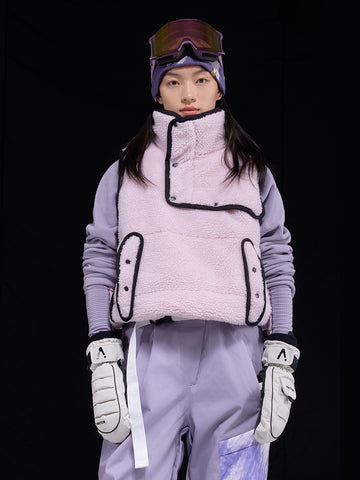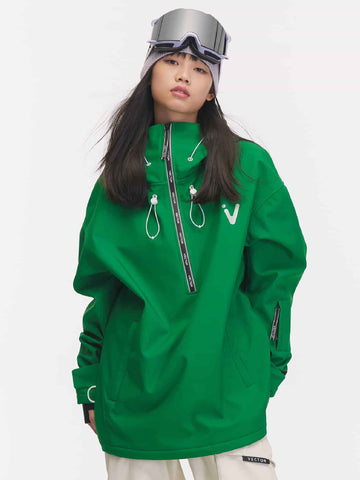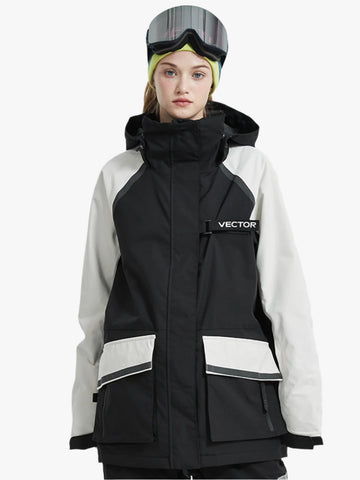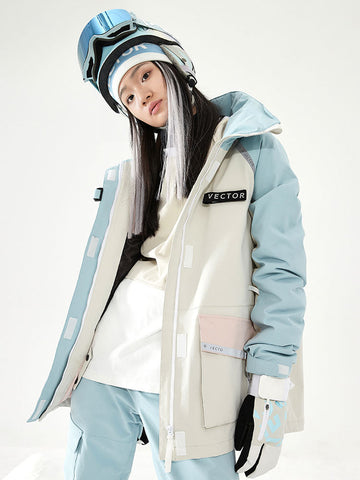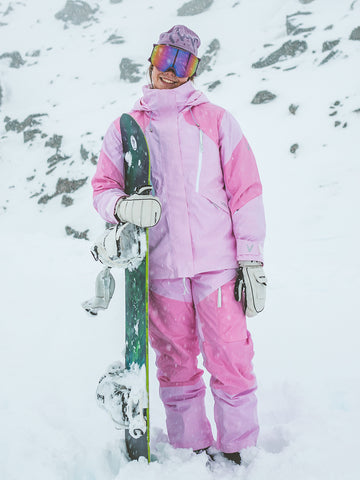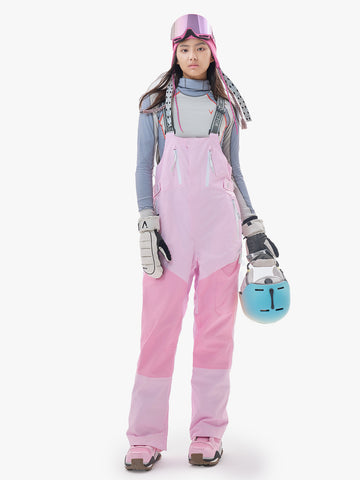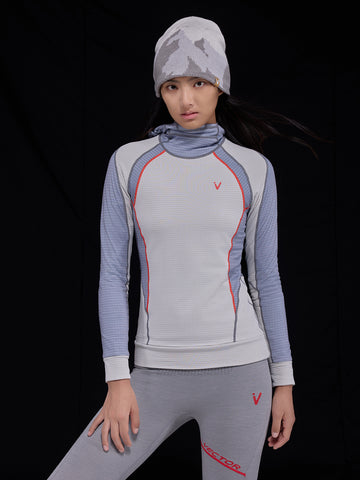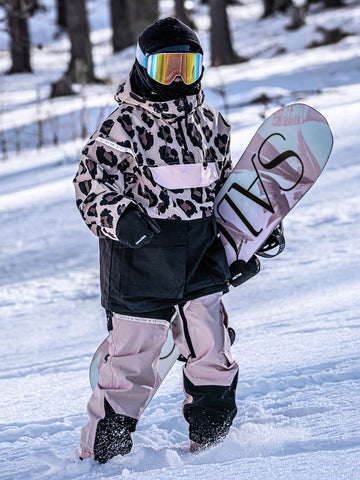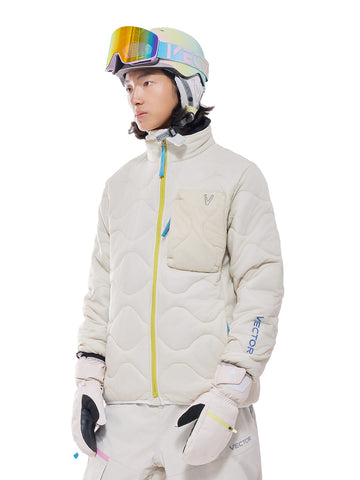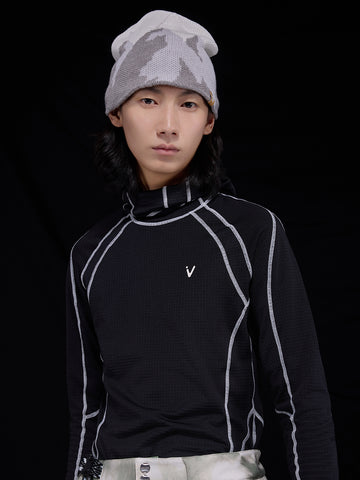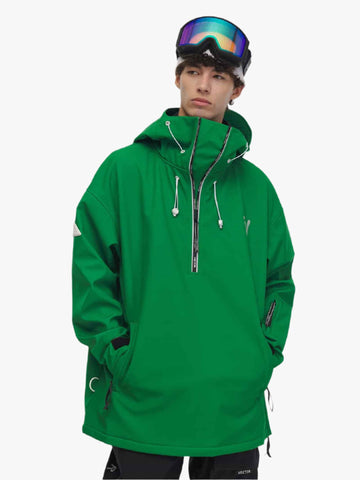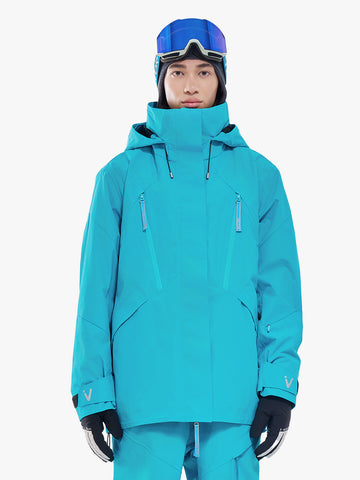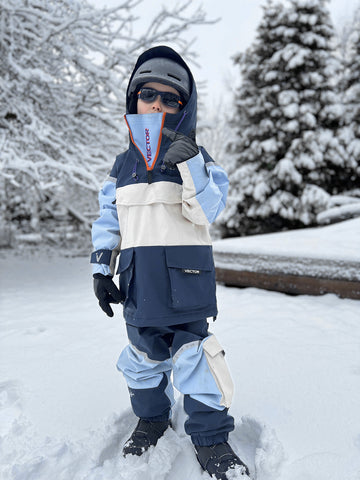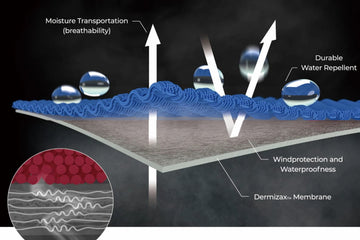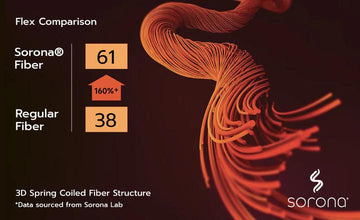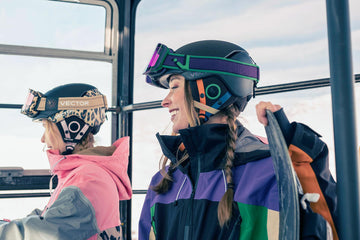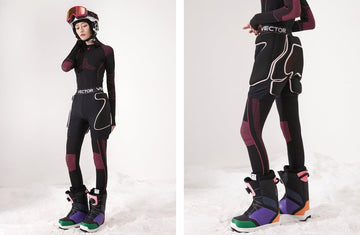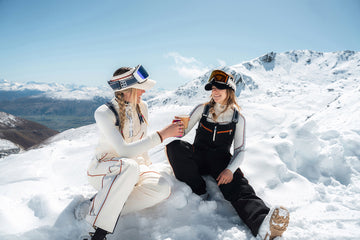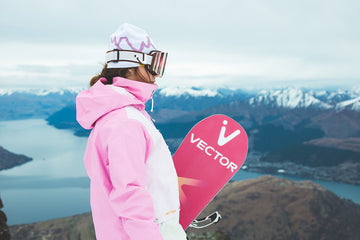In the world of snowboarding, the right helmet is more than just gear – it's your trusty companion on the slopes, your shield against the elements, and your safeguard in pursuit of the perfect ride. As you gear up for your snowboarding adventures, having the best equipment is essential. Start with a snowboard suit to ensure you have everything you need for a thrilling ride down the mountains. Wondering what snowboard helmet to wear? Dive into the world of fashion snow wear and functionality to make sure you're not only protected but also rocking the slopes in style. And explore the best snowboard helmet that strikes the perfect balance between comfort and performance. Choosing a snowboard helmet is not just about safety; it's about curating your ideal snowboarding experience, where every piece of gear plays a role in your journey down the powdery paradise. So, let's strap in and delve into the exciting realm of snowboarding essentials!
Snowboard Helmets Buying Guide
Construction
Snowboard Helmet Construction
The outer layer of a snowboard or snowboard helmet is known as the shell. It is a tough, durable exterior designed to withstand impacts and provide protection. Shells are commonly constructed from materials like ABS (acrylonitrile butadiene styrene), polycarbonate(PC), or a hybrid combination of both. ABS offers rigidity, while polycarbonate provides impact resistance and lightweight properties.

VECTOR helmets are engineered for superior high-impact resistance. Constructed with a robust ABS injection-molded shell, they deliver outstanding protection against formidable impacts, instilling a profound sense of confidence as you hit the slopes.

The inner liner sits directly against the head and is a cushioning layer. It is typically made from EPS (expanded polystyrene) foam, known for its excellent energy-absorbing properties. Like: VECTOR helmet. In the event of an impact, the inner liner compresses to absorb and distribute the force, reducing the impact on the head. Some helmets feature MIPS (Multi-Directional Impact Protection System) technology in the inner liner, allowing a low-friction layer to rotate slightly, providing additional protection against rotational forces. The combination of a durable shell and energy-absorbing inner liner forms a robust construction that prioritizes both safety and comfort for snowboarders and snowboarders.

Sizing and Fit
The appropriate fit for a snowboard helmet is crucial to ensure both comfort and safety on the slopes. When selecting a snowboard helmet, it should snugly and securely fit on your head without causing excessive pressure points. The helmet should sit level on your head, covering your forehead and not tilting forward or backward. Adjust the chinstrap to be snug but not too tight, allowing you to open your mouth comfortably. Shake your head gently; the helmet should stay in place without significant movement. It's essential to strike a balance – the helmet should be tight enough to stay in position during a potential impact, yet comfortable enough for extended wear. Always follow the manufacturer's sizing guide and make any necessary adjustments to achieve a proper and secure fit for a safe and enjoyable snowboarding experience.
Summary
Picking the perfect snowboard helmet is like finding your slope soulmate – it's personal, but the diverse range of options out there makes the decision a breeze. Measure that noggin for the right fit, think about your riding style, and ensure it checks all the safety boxes. It's not just about grabbing the first one you see – it's about finding a snug, stable, and stylish partner for your snowy adventures. And hey, whether you're a guy or a gal, there's a helmet with your name on it, designed to keep you safe and looking cool on the slopes!
FAQ
Q: Snow Helmet vs. snowboard Helmet: What's the Difference?
A: Differences between men's and women's snowboard helmets may include sizing options, design aesthetics, and considerations for ventilation and fit, often accommodating variations in head shape and hair length.
Q: How do I choose a snowboard helmet?
A: 1. Measure your head to the right size.
2. Consider your riding style and choose the appropriate type.
3. Check for safety standards.
4. Opt for adjustable ventilation for temperature control.
5. Choose a helmet with an adjustable fit system for comfort.
Q: How do I know if my snowboard helmet fits?
A: Ensure your snowboard helmet fits by ensuring a snug yet comfortable fit, stability during head movement, absence of pressure points, clear visibility, and secure chinstrap fastening.
References:
https://www.rei.com/learn/expert-advice/snow-helmet.html
https://www.snowboard-asylum.com/snowboard-helmets/snowboard-helmets-buying-guide
https://www.salomon.com/en-gb/alpine/alpine-advice/how-choose-your-snowboard-or-snowboard-helmet
https://www.evo.com/guides/snowboard-snowboard-helmet-size-fit



